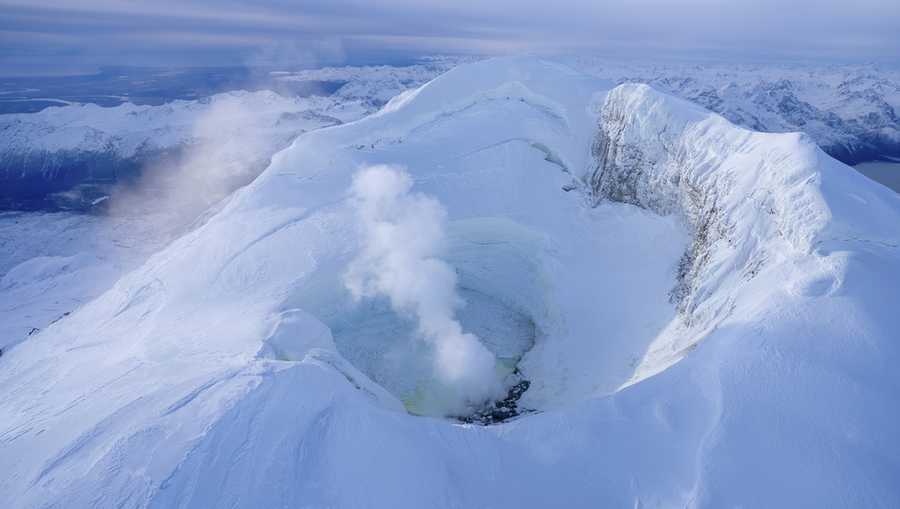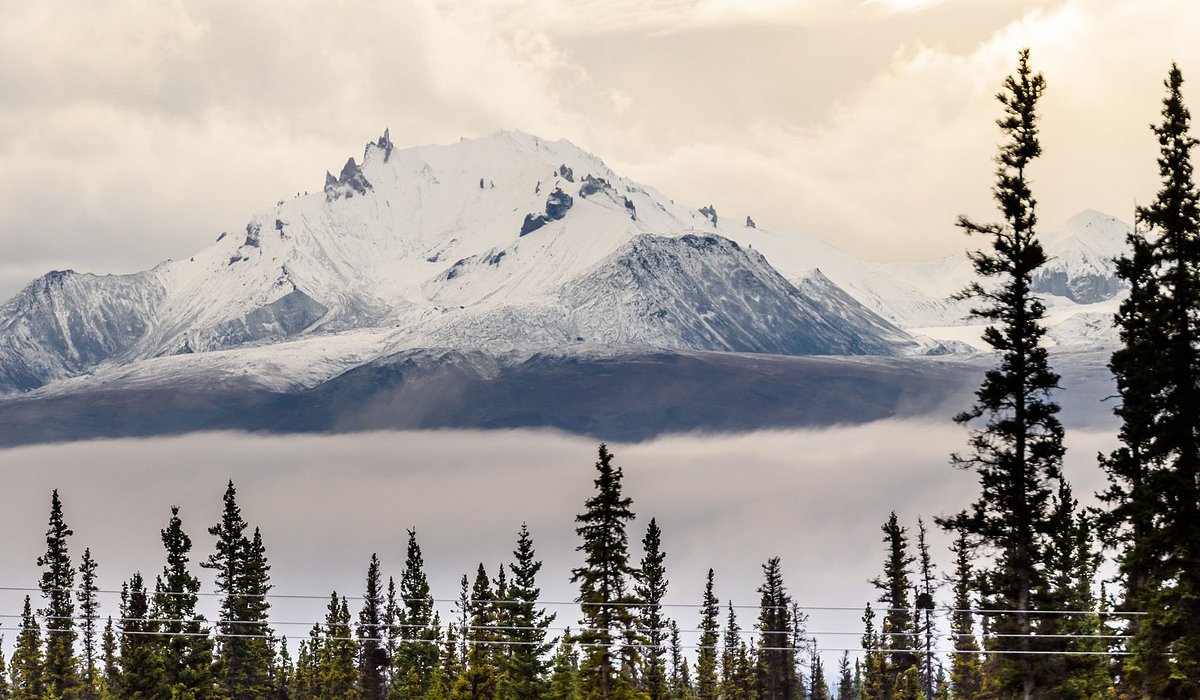×
Warning: The information provided here was generated using artificial intelligence. While efforts have been made to ensure accuracy, the content may contain errors or biases inherent to AI systems.

After more than a year of murmurs—quakes, steam, ice giving way—the Alaska Volcano Observatory has eased its stance. The aviation color code drops to green. The Volcano Alert Level returns to normal. No eruption looms.
The unrest had stretched back to early 2024. Earth tremors clustered beneath the surface. Gases seeped from vents. Ice near the summit thinned, cracked, vanished. Spring brought a shift. By March 2025, the ground stilled. No deformation since. Movement slowed. Magma stopped climbing.
AVO’s verdict: eruption risk is low, for the moment.
Still, the mountain isn't silent. Small quakes persist, ticking along above background levels. Gas continues to escape—plumes rise from the summit crater and from Crater Peak to the south. For a volcano that pulled magma upward and held it, this isn’t unusual. The aftereffects can stretch on. Weeks, months. Years.
Hazards haven’t vanished. High concentrations of carbon dioxide have pooled near the rim of Crater Peak. The gas gives no warning—no scent, no color. It lingers, especially in low areas, and can suffocate without notice. Climbers, skiers, and backcountry wanderers remain at risk if they get too close.
So far, there’s no danger to the surrounding region. Anchorage is clear. No ash. No tremors strong enough to rattle windows. Just the quiet presence of a mountain that remembers how to erupt.
Mount Spurr rises 11,070 feet, the tallest in the Aleutian Arc. Its last eruption came in 1992. That summer, ash blackened skies over Anchorage. Flights halted. Engines choked. Thirty-three years later, the volcano stirs but holds its fire.





Comments
No comments yet.